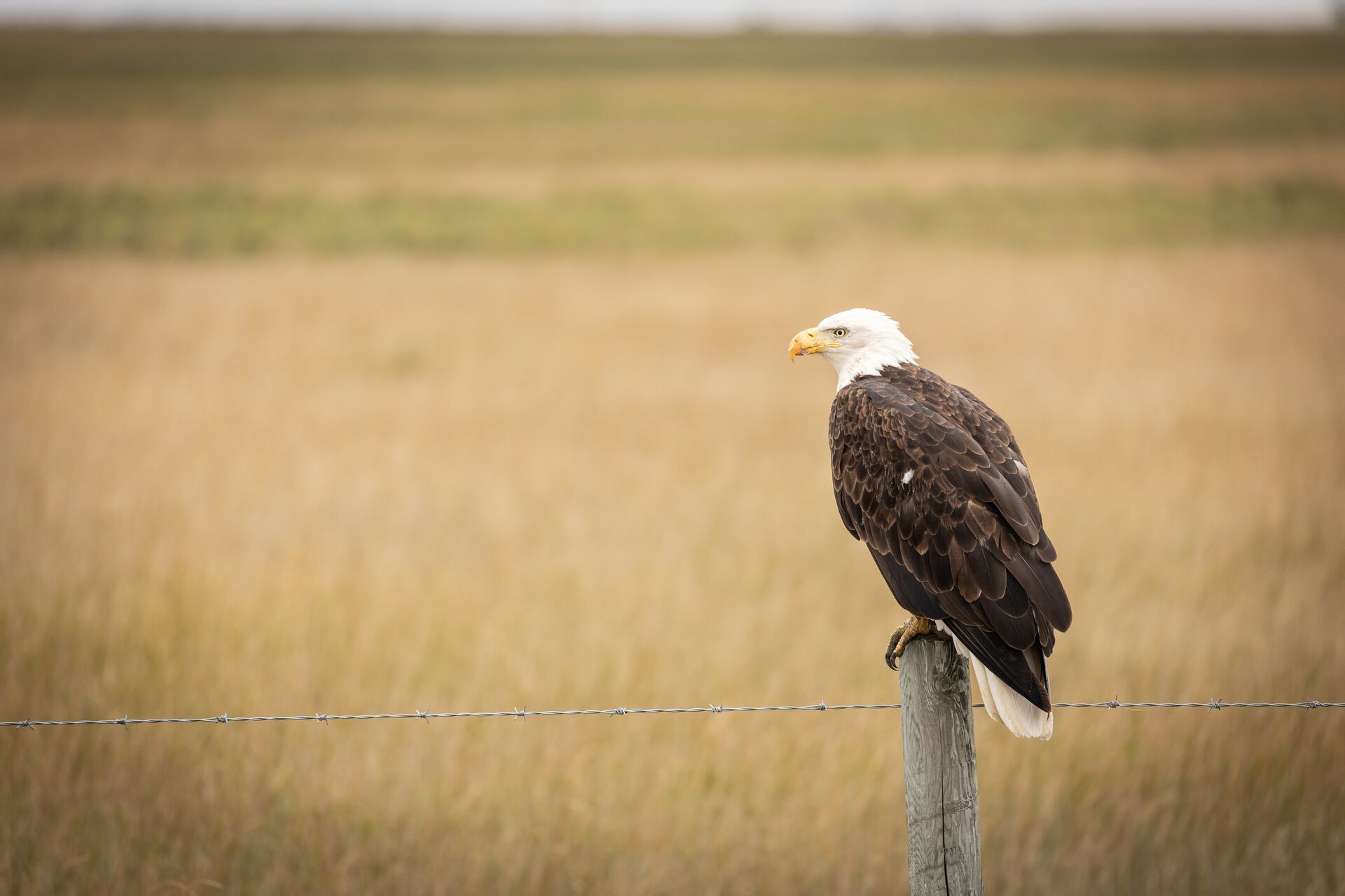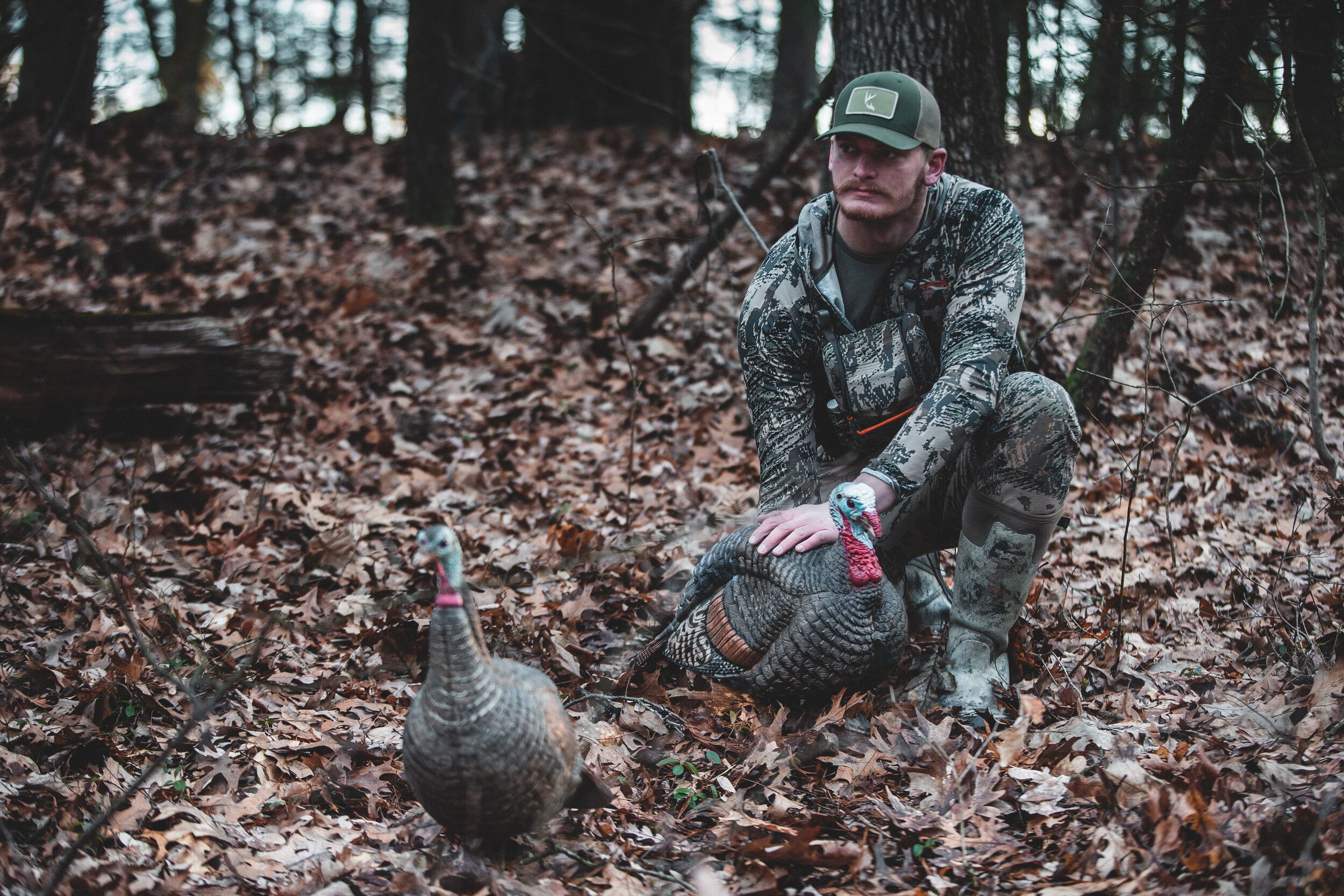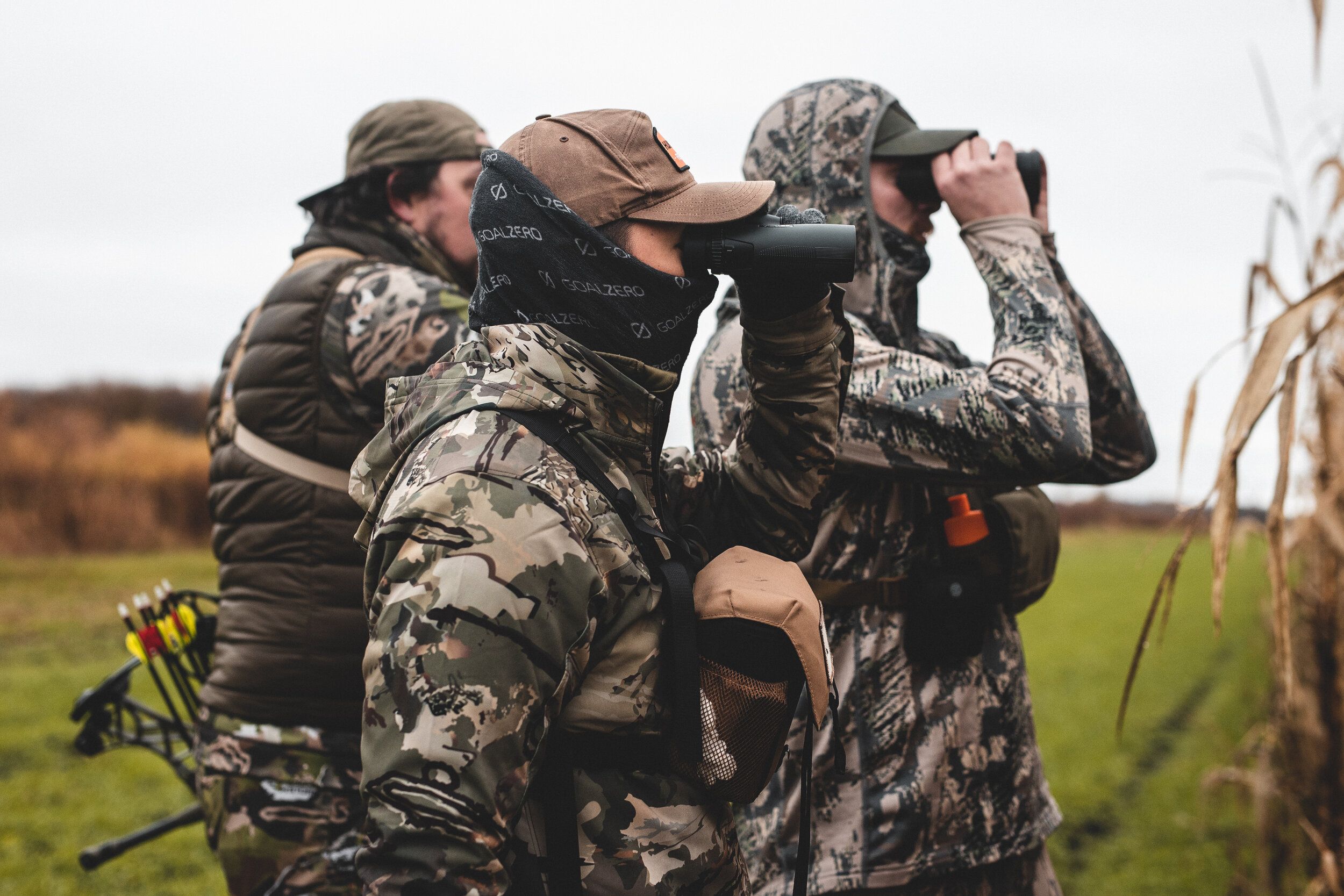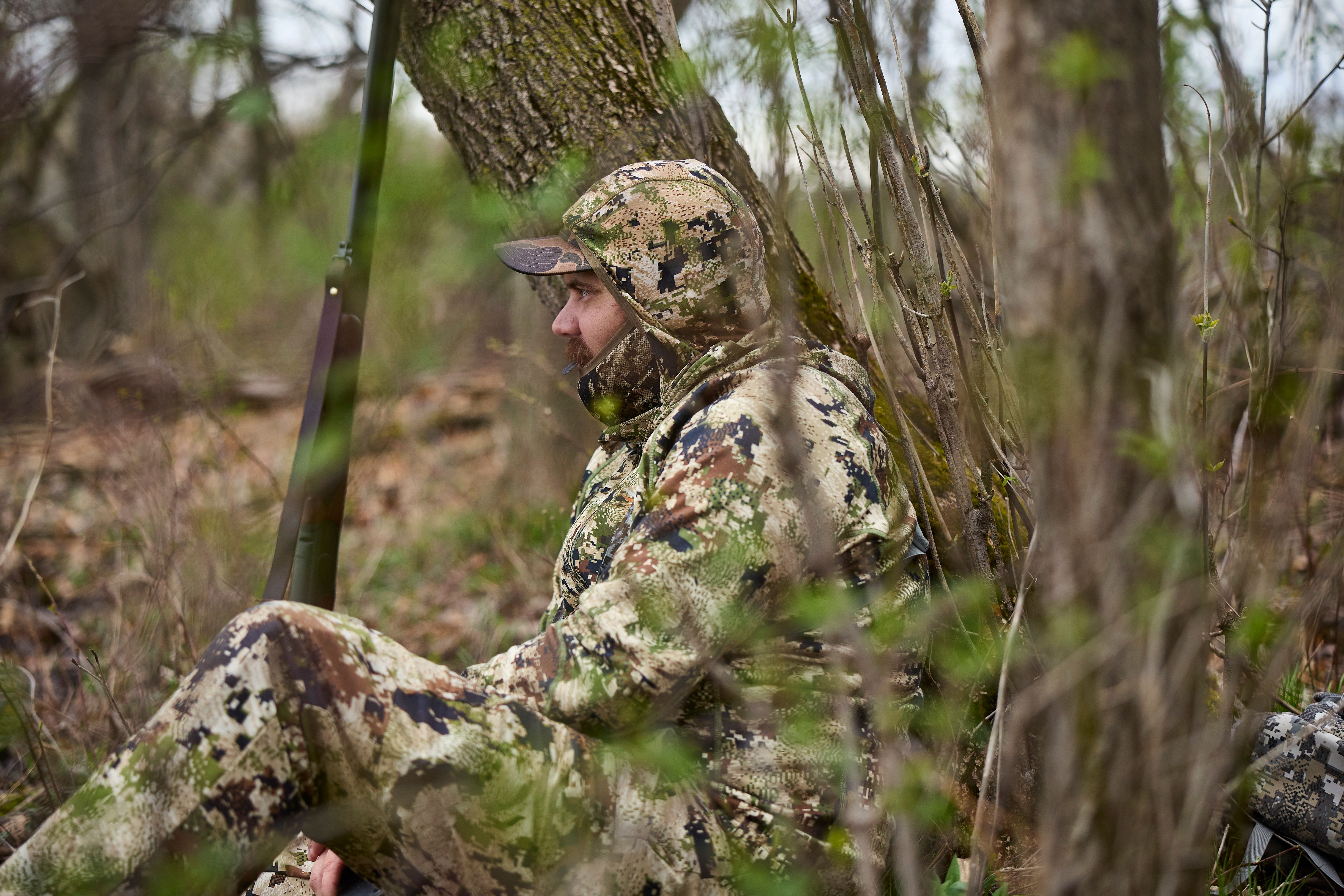Field Guide / Hunting Tips
Expert Strategies for Hunting Turkey on Public Land
If you are like most of us without access to acres of private turkey-hunting paradise, chances are you have experienced the highs and lows of hunting gobblers on public land.
Previous in Hunting Tips
More Content Like This

What Is the Difference Between Game and Nongame Species?
Across the world of wildlife, a whole spectrum of big and small critters fall into various categorizations and classifications. For hunters, one of the most important distinctions is between game and nongame species. Read More
Read MoreHow to Find Hunting Land for Turkey Hunting This Spring
The first challenge for all hunters is finding a solid piece of hunting land. Every hunter wants exclusive access to a great property. However, that is not always the case. Most hunters join the crowds and hunt public land, while others head out to p...Read More
Read More10 Whitetail Facts Every Hunter Should Know
It's finally October, and you know what that means. HuntWise users: Deer season is now in full swing, and we couldn't be happier! Read More
Read More Hunting Tips
Hunting TipsWhat Is the Difference Between Game and Nongame Species?
Across the world of wildlife, a whole spectrum of big and small critters fall into various categorizations and classifications. For hunters, one of the most important distinctions is between game and nongame species. Read More
Read More Hunting Tips
Hunting TipsHow to Find Hunting Land for Turkey Hunting This Spring
The first challenge for all hunters is finding a solid piece of hunting land. Every hunter wants exclusive access to a great property. However, that is not always the case. Most hunters join the crowds and hunt public land, while others head out to p...Read More
Read More Hunting Tips
Hunting Tips10 Whitetail Facts Every Hunter Should Know
It's finally October, and you know what that means. HuntWise users: Deer season is now in full swing, and we couldn't be happier! Read More
Read More
1 of 3


